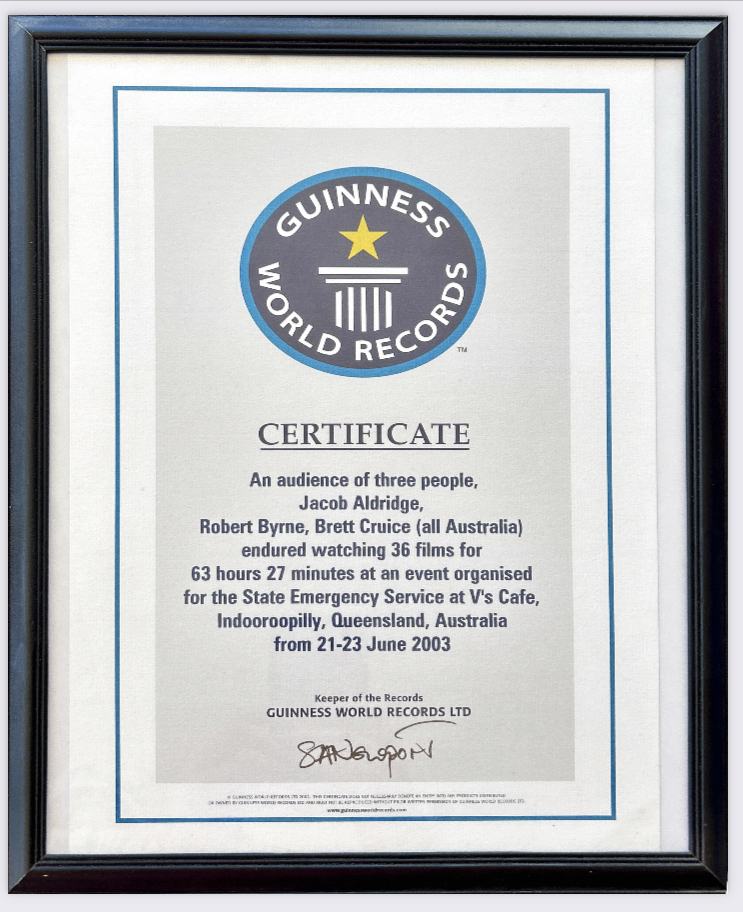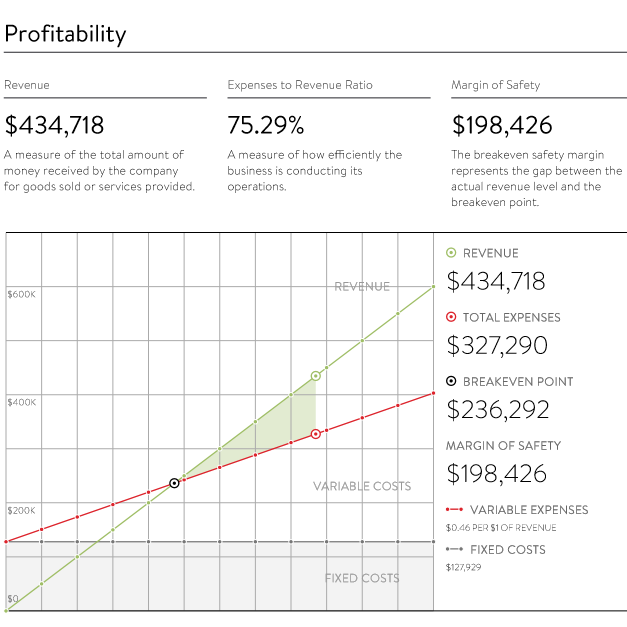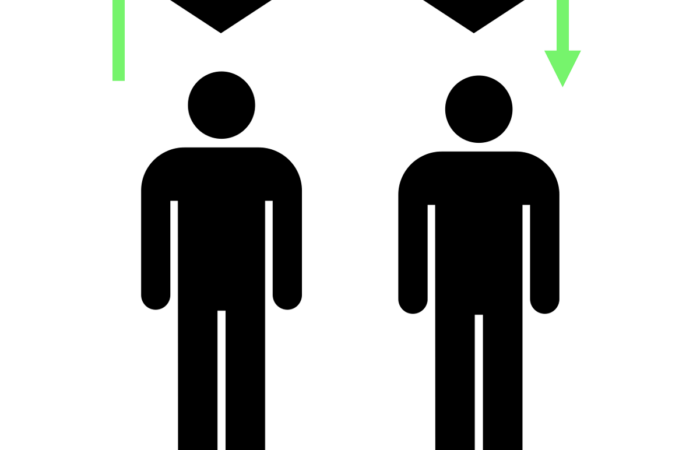Guinness Factory
Always In The Black
Skip the sentimentality and go straight to the profit conversation and video here.
South of the equator, today marks the shortest day of the year; while my Northern Hemisphere friends join the druids at Stonehenge in celebrating the longest stretch of daylight on the calendar.
This also means today marks the 21st Anniversary of my Guinness World Movie Marathon Record. At 9am on Saturday 21st June, 2003 (so almost exactly right now as I send this) my friends and I embarked on an odyssey that would last until 1:23am Tuesday morning, becoming the first people in the world to watch more than 60 hours of movies without sleep. You can read about the story here.
While I never expected to be telling that tale for multiple decades, many of the lessons can be applied to the work I do with my business owner clients and their management teams. But I won’t shoehorn in another lesson for this week’s email, because the article below is powerful and profitable enough on its own.
But if you like, take some of the Profit this formula helps you generate, and use it to raise a pint of stout to my effort all those years ago.

Blackboard Fridays Episode #65 – Do you actually know how your business makes a profit?
When starting and growing a business, there are many critical numbers: your revenue, your profit margin, and how much cash you have in the bank are three figures that immediately come to mind!
And when I talk to existing business owners, they are usually clear about those pieces of financial information. A number that they’re less clear about – but which is just as important – is their Break-Even Point on a monthly basis.
In other words, do you know how much money your business needs to generate this month in order to Break Even (ie, cover all of your expenses, so neither losing money nor making a profit)?

Why Do You Need to Know Your Break-Even Point?
Knowing this figure gives you a specific target when planning any of your revenue or growth plans. If you know how much the business costs to run each month, then you have the first monthly sales goal for example.
If you’re not yet in business, you might think this is an easy figure to calculate, but the reality is that some of your monthly expenses are fixed and some are variable – they are linked to how much revenue you bring in.
In this episode, I combine that information to share with you this magic formula – the formula to help a business understand where their Break Even Point is and therefore what their formula is for profit.
Step 1: What are your Fixed Costs?
The first step we need is to understand what a business’s fixed costs are. These, by virtue of being fixed, are a straight line.
This is analogous to the giant pool of money that you put on the roulette table at the start of every month as a business owner. If it costs you ten thousand dollars to open the doors, fifty thousand (a million?) dollars every month to run your business, those are fixed costs.
Things like your rent, most of your staff, a lot of expenses overheads, leases, software, all of those things – they’re going to be the same regardless of whether you sell a dime worth of actual business services.
As a business coach who understands these numbers (and provides most of my clients with monthly financial reports) I’m still surprised how many business owners don’t know their Fixed Costs. They don’t accurately separate their Fixed and Variable costs in their financial system.
Step 2: Your Variable Costs and Gross Profit
Once we understand those fixed costs – the expenses you incur regardless of sales or work delivered – then we can separate out the variable costs within your business.
These are costs that you will only incur when you sell your product.
Almost by definition, they are a percentage of your revenue and I say almost by definition because if you find that your variable costs in and of themselves exceed the actual revenue that you generate from that product, then you’ve got a dog of a business. You’re going out of business backwards.
I’m not a believer in loss leaders. I can certainly understand that some products or services may have a lower margin but you don’t want to create a business where for every dollar of revenue you generate, your variable costs are more than a dollar. Because remember: your variable costs (sometimes recorded as “Cost of Sales” or “Cost of Goods Sold” are going to sit on top of the fixed costs, those overheads / expenses that you can’t get out of.

By virtue of your variable costs being a percentage of revenue, you can start to calculate, “Well for every extra dollar of revenue I generate, what extra variable costs will I incur?”
This then tells us your Gross Profit Margin. Your Gross Profit Margin is how much profit you have once those variable expenses are paid.
I know some businesses where their variable costs one or two cents on the dollar, they have very, very fixed overheads. They have a Gross Profit Margin of 98-99%. I know some businesses where their variable costs are much, much higher, by virtue of the fact they are on selling a product at a low margin. They have a Gross Profit Margin of 10%-20%.
If your financial reports, your Profit and Loss Statement does not separate out fixed and variable costs, then you will struggle to discover where exactly your break-even point is. This is because, if we review the drawing on my blackboard, your break-even point is calculated by adding the variable costs on top of the fixed costs, and working out where that revenue crosses the line.
Step 3: Your Break Even Point is your Fixed Costs divided by your Gross Profit Margin %

I’ll repeat the diagram here, because some of those terms probably make more sense now!
Let’s look at this real life example:
- Fixed Costs are $127,929 per month
- Variable Expenses are 46% (46c per $1 of revenue). Therefore the Gross Profit Margin is 54%.
- Break Even Point is $236,292. ($127,929 divided by 54%. Note that this example has some rounding in the figures.)
Why I call it your Profit Formula
Everything that your business generates over and above that break-even point is profit.
This is the situation where:
- all of the fixed costs have been met
- you have exceeded the gateway on those variable costs, and
- moving forward you continue to grow the margin as a percentage over the top those variable costs.
As you can see, understanding your Break-Even Point gives you a specific target each month. The earlier in a month that you hit the target, the more you can exceed and build out that profit.
Do you know your Break Even Point?
If not, what would change in your business if you DID know this crucial number?
If your current support team are not helping you with your financial growth planning, contact the experienced coach who will.
Variations on the Break Even Point
Now there are other ways of calculating this number, and there are other more complicated elements – like knowing your cash break-even point, which of these expenses and which of this revenue is actually cash as opposed to being calculated by your accountant in another way.
Often, the cash breakeven point is a little bit higher. So you may actually find that as a business you exceed the break-even point we’ve calculated today but your cash flow continues to go backwards. If you’re finding that’s the situation, then you definitely need to do a more detailed analysis of your Profit Formula.
This is something that your accountant is definitely able to help you out with. A good accountant will always pay for themselves when it comes to helping you to grow your business.
Hopefully today you’ve seen how we can use just these four simple elements, fixed costs, variable costs, your revenue, and then ideally that profit, how you can calculate this number for yourself.
With love,
Jacob Aldridge
International Business Advisor
WhatsApp +61 427 151 181
Visit my website
Connect on LinkedIn




